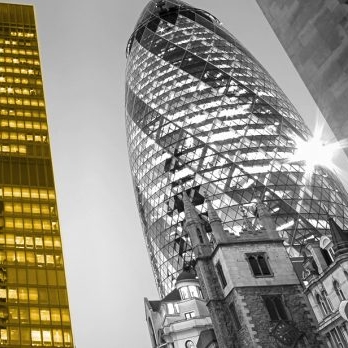Further to the recent fire at New Providence Wharf in London, which thankfully did not result in any fatalities, what does the FSA do and is it enough?
What it does is fairly straightforward, given that it is a very short piece of legislation:
- Amends the Regulatory Reform (Fire Safety) Order 2005 (“2005 Order”) so that any fire risk assessment must now consider the building’s structure, external walls (including doors and windows, as well as balconies), and any common parts, as well as doors within the building;
- Applies to all buildings, regardless of height; and
- Amends the guidance which accompanies the 2005 Order, including relating to enforcement against non-compliance.
This means that leaseholders, by and large, remain responsible for the expensive removal or replacement of dangerous cladding – and this means that many residential buildings will continue to be dangerous for a long time. We have to hope that the proposed Building Safety Act – which has not yet been laid before Parliament and is unlikely to be in force before 2023 – rectifies this.




